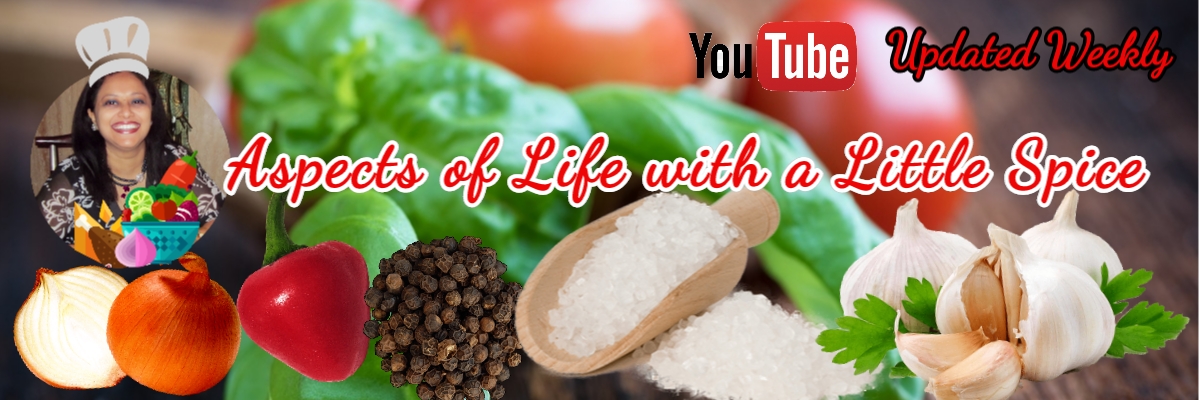The temperatures are soaring high this summer in many parts of the world. In this summer spell make sure to keep yourself Cool and well hydrated.
Dahi vada is a sweet and spicy yogurt snack which is very popular in the North India and is perfect in the summer heat. It is a definite snack during get togethers & many festivals like holi, diwali etc.
Dahi vada is best enjoyed topped with tamarind and green puree (chutney).
Ingredients for Vadas:
- 1 cup of urad dal : 200 grams (black gram lentils without skin)
- 3 green chillies
- 1 inch ginger
- 1 tsp cumin seeds
- 1 tsp of aniseed (Saunf)
- Pinch of asafoetida (hing)
- Salt, sugar (according to taste)

- 2 tsp of water for batter
- 5-6 raisins
- 5-6 cashews chopped
- Oil for frying
Method:
- Soak the lentils (urad dal) overnight (or) for at least 6 hours.
- Drain the water and grind the lentils with green chillies, ginger, cumin seeds,saunf, and hing
- Grind it with little water to get a thick consistency.
- You can add ground raisins and cashews in the batter and stir it well (this is optional)

- Mix the batter vigorously until it is light and fluffy. Add salt and sugar according to your taste.
- Heat oil in a frying pan and make balls from the above batter, then deep fry them on medium heat till they are crispy and golden brown. Don't fry the balls (vadas) over a high flame if you are not deep frying it, ( I did not deep fry) so that the inside gets cooked well and is not raw.
- While the vadas are still warm soak them in water for 15 minutes
- Vadas will increase in size as seen in the picture.
- Press the soaked vadas between your palms to remove the excess water. Press it gently otherwise it might end up breaking the lentil fritters (vadas)
- Keep these aside in a plate and let's prepare the yogurt in which the Vadas have to be dipped and served.
Ingredients for curd(spicy curd):
- Homemade curd/ yogurt : 2 cups
- Roasted cumin and red chilly powder: 1 tsp each
- 1/2 cup of water
- 2 tsp of sugar
- 1 tsp of rock salt
Method:
- Add 2 tsp of sugar, little salt, and roasted cumin and chilli powder into the curd.
- Now beat it hard till the curd gets a smooth texture.
- Add half a cup of water to 250 ml of curd. Ratio might differ depending on the consistency of your curd.
- Now in a bowl serve two Vadas and pour the curd from top
Garnish with a tsp of coriander chutney and a little tamarind chutney, red chilly powder, chaat masala and roasted cumin powder, (recipe for the green and tamarind chutney is given below).
- 1 cup mint leaves
- 1 cup coriander leaves
- 3-4 green chillies
- 4-5 pods of garlic
- 4 tsp of fresh lemon juice
- Salt
- 11/2 tsp of water
Make a smooth paste and transfer the paste into a bowl. It can also be eaten with snacks. A more spicier version of this can also be made with cumin seeds and peanuts, but this is the version I used for dahi vada.
Tamarind chutney (puree)

- Soak tamarind in water overnight in a small bowl. Then squeeze the pulp, strain and keep it aside.
- Heat oil in a pan, lower the flame and fry some cumin seeds.
- Add a pinch of hing (asafoetida) ginger powder and chilly powder.
- Now add the tamarind pulp and cook for 3 mins.
- Add jaggery and salt and cook for another 5 mins.
- Stir and cook till paste has a comparatively thicker consistency.
- Turn off the stove and let it cool.
The above pictures of chutneys are Only for reference, Pic Credit of Chutneys to the respective owners. Thanks.
























